- 1-Importance-of-Replacing-Your-Toothbrush
- 2-Recommended-Toothbrush-Replacement-Schedule
- 3-Signs-Your-Toothbrush-Needs-Replacement
- 4-Best-Practices-for-Toothbrush-Care
- 5-Real-Life-Experience-on-Toothbrush-Replacement
Importance of Replacing Your Toothbrush
Maintaining good oral hygiene requires more than just brushing regularly—it also depends on using a toothbrush in good condition. Over time, toothbrush bristles wear out, becoming less effective at removing plaque and debris. Additionally, toothbrushes can harbor bacteria, especially if not cleaned or stored properly, posing a risk to oral health.
Regular replacement ensures optimal cleaning performance and reduces the chance of oral infections.
Recommended Toothbrush Replacement Schedule
The American Dental Association recommends replacing your toothbrush every three to four months. However, several factors might necessitate earlier replacement, such as vigorous brushing habits or illness.
Electric toothbrush heads typically require replacement on a similar schedule, though some models feature indicators signaling when to change the head.
Signs Your Toothbrush Needs Replacement
3.1 Frayed or Worn Bristles
When bristles lose their stiffness or become bent, they cannot clean effectively and should be replaced promptly.
3.2 Persistent Bad Odor
A smelly toothbrush indicates bacterial buildup, signaling it’s time for a new one.
3.3 Illness Recovery
After recovering from a cold, flu, or other infections, replacing your toothbrush prevents re-infection.
Best Practices for Toothbrush Care
Extend your toothbrush’s effectiveness by rinsing thoroughly after use, storing it upright to air dry, and avoiding closed containers that encourage bacterial growth. Sharing toothbrushes is strongly discouraged for hygiene reasons.
Real-Life Experience on Toothbrush Replacement
Emily, a college student, used the same toothbrush for nearly a year until she learned about the recommended replacement schedule from her dentist at Dentistry Toothtruth. After switching to regular replacement, she noticed her teeth felt cleaner and her dentist praised her improved gum health.
This example underscores how small changes in oral care routines, like following a proper toothbrush replacement schedule, can have significant positive effects.

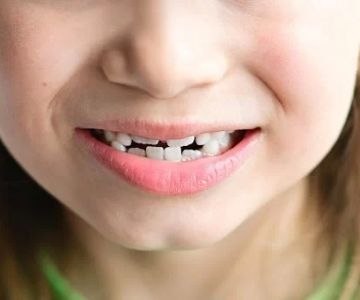



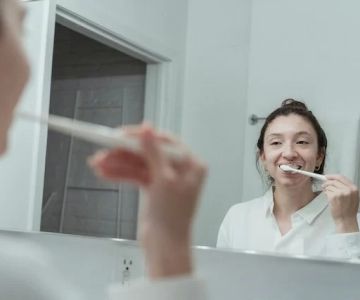
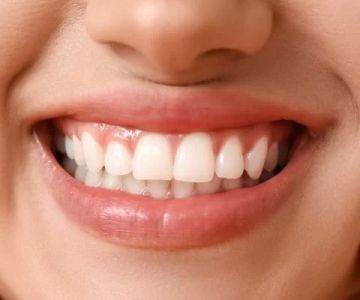
 Rollins & Petersen Orthodontics4.0 (348 review)
Rollins & Petersen Orthodontics4.0 (348 review) Reston Sunrise Dentistry4.0 (99 review)
Reston Sunrise Dentistry4.0 (99 review)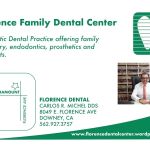 Florence Family Dental Center: Michel, Carlos R DDS4.0 (13 review)
Florence Family Dental Center: Michel, Carlos R DDS4.0 (13 review) Elite Dentistry - Mehran Rastegar Lari D.D.S.5.0 (6 review)
Elite Dentistry - Mehran Rastegar Lari D.D.S.5.0 (6 review)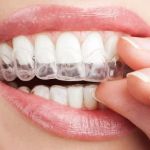 Safari Dental & Orthodontics4.0 (1362 review)
Safari Dental & Orthodontics4.0 (1362 review) Dental Edge of Norman4.0 (308 review)
Dental Edge of Norman4.0 (308 review) The Importance of Oral Health Education During Pregnancy for a Healthy Pregnancy
The Importance of Oral Health Education During Pregnancy for a Healthy Pregnancy Best Tips for Brushing Your Teeth Properly for Healthy Gums: Essential Techniques for Oral Health
Best Tips for Brushing Your Teeth Properly for Healthy Gums: Essential Techniques for Oral Health Why Skipping Dental Checkups Can Lead to Bigger Oral Health Problems
Why Skipping Dental Checkups Can Lead to Bigger Oral Health Problems Advantages of Porcelain Dental Restorations
Advantages of Porcelain Dental Restorations How Can Diabetes Cause Tooth and Gum Problems? Preventing and Managing Oral Health Issues
How Can Diabetes Cause Tooth and Gum Problems? Preventing and Managing Oral Health Issues Healthy Habits for Promoting Good Oral Health and Hygiene: Tips for a Healthy Smile
Healthy Habits for Promoting Good Oral Health and Hygiene: Tips for a Healthy Smile